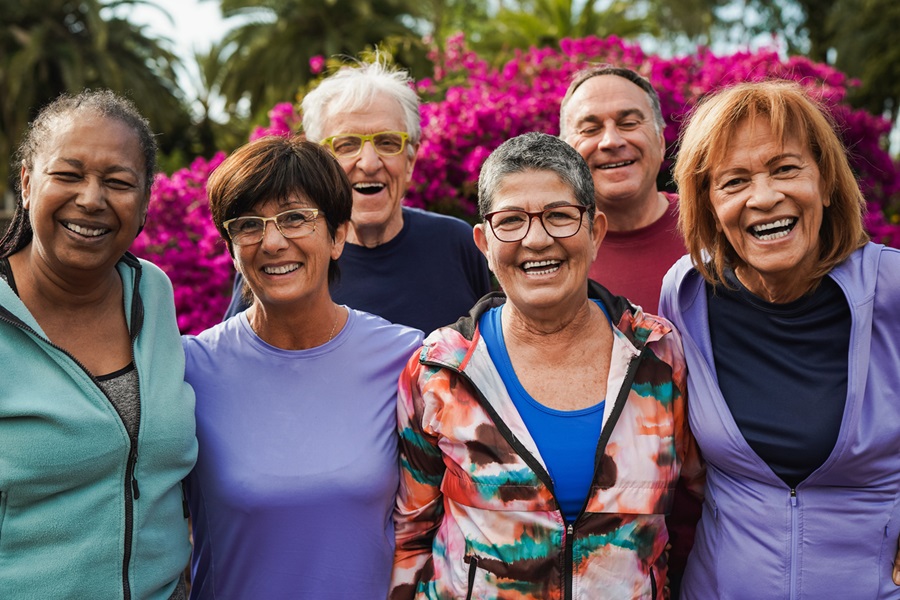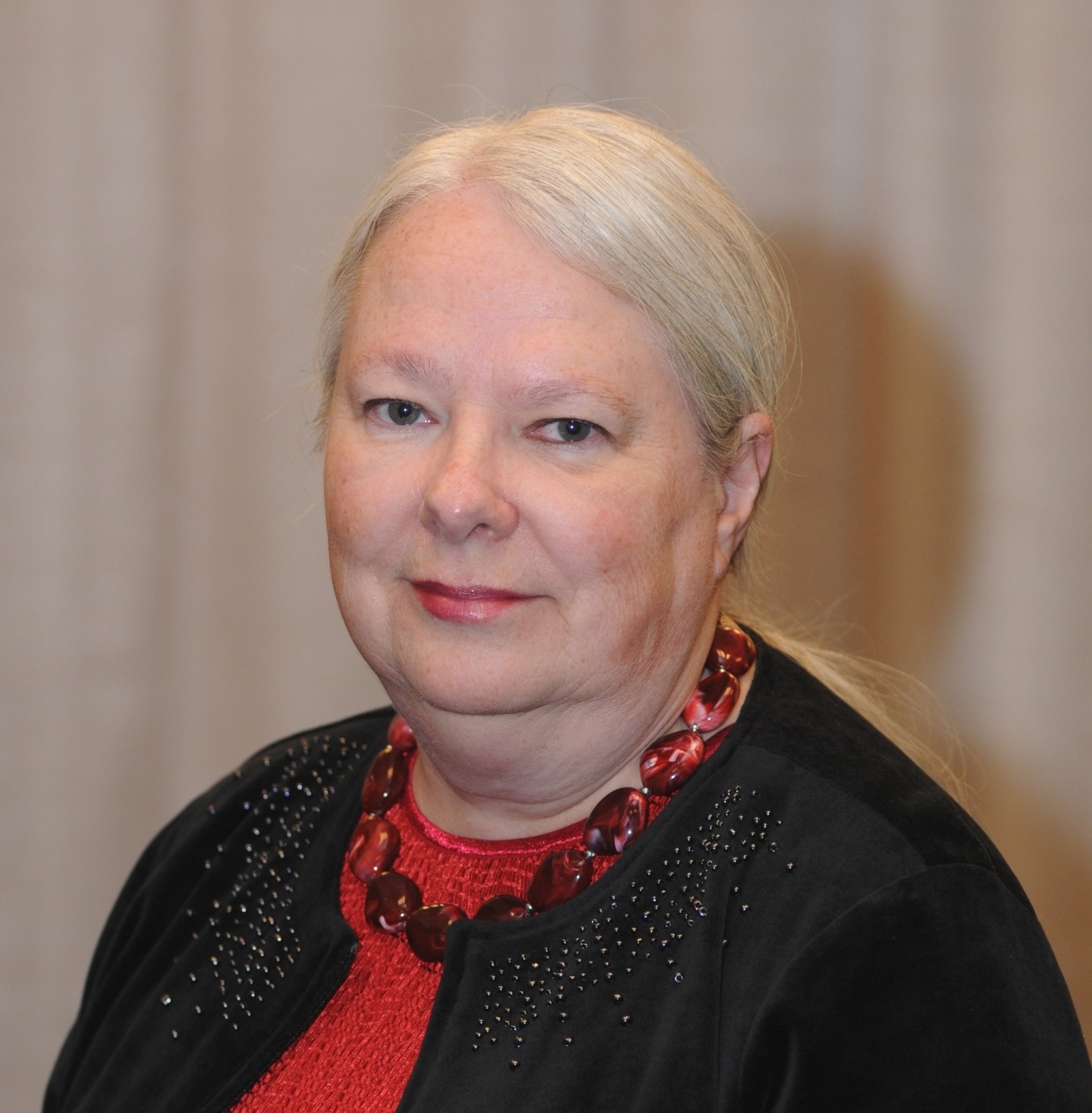Healthy Aging Involves the Combination of Sensory, Motor and Cognitive Health
Healthy aging and integrated care
The World Health Organization (WHO), refers to healthy aging as developing and maintaining functioning in everyday life so that people can be and do what they value (1). Population health experts have defined health as the capacity of people to adapt to, respond to, or control life’s challenges and changes (2). According to this view, despite age-related changes, health may be less about biological changes and more about how people maintain everyday functioning by adjusting to those changes. As people grow older, they may experience changes in sensory, motor and/or cognitive abilities that make it more challenging to functioning optimally in everyday life. It becomes increasingly common to experience changes in multiple abilities. It is important to understand that there are links between these changes and that their combinations can have important effects on functioning. In particular, the WHO report Integrated Care for Older People identifies hearing, vision, mobility and cognition as four key abilities that are likely to decline with age and it recommends an integrated approach to address the combined effects of these declines on functioning (3). Prevention, treatment and supportive environments can help aging adults to maintain functioning in everyday life as they learn to live optimally with one or more changes in sensory, motor and/or cognitive abilities. Ultimately, this integrated approach will support older adults’ participation and engagement in valued physical, mental, and social activities.
Our four upcoming blogs will explore the links between changes in hearing, vision, mobility and cognition, how their combinations can affect functioning in everyday life, and what can be done to prevent, check, and help people to adjust to these changes. Here’s what to expect in each blog.
1. Linking Sensory Loss to Cognitive Decline
The research shows us that sensory losses (i.e., hearing and/or vision) are linked to changes in cognition including dementia (4-6). The reasons for these links are not yet known, although several possible explanations have been proposed (7-10). Read more about how to take preventative measures to protect your sensory health to preserve your cognitive function and reduce risk for dementia.
2. Linking Cognition and Mobility
There is research linking dementia with poor balance, unsteady or slow walking, and falls (11). Physical exercise can improve both cognitive performance and mobility and reduce falls for everyone, whether or not they already have cognitive impairments (12-18). Read more about this research and what the recommended physical activity guidelines are for older adults.
3. Linking Sensory Loss and Mobility
Good hearing and vision are important for safe mobility in everyday life (e.g., when walking or driving), especially when a person does another task (e.g., listening) at the same time. Sensory losses have been linked to increased falls risk and poor driving performance (19-25). Read more about how to optimize mobility within and beyond the home.
4. Implementing Hearing and Vision Health Strategies
There are several effective strategies that can improve hearing and vision (26-32). Prevention, checking for sensory loss yourself using online applications, and seeking professional help are key. Help may include specialized technologies (e.g., hearing aids, glasses) and/or more common technologies (e.g., smartphone apps). People with sensory problems and their family or friends can benefit from learning how to use new communication strategies and how to improve daily environments (e.g., reducing noise, increasing lighting). Read more about this research and recommendations.





